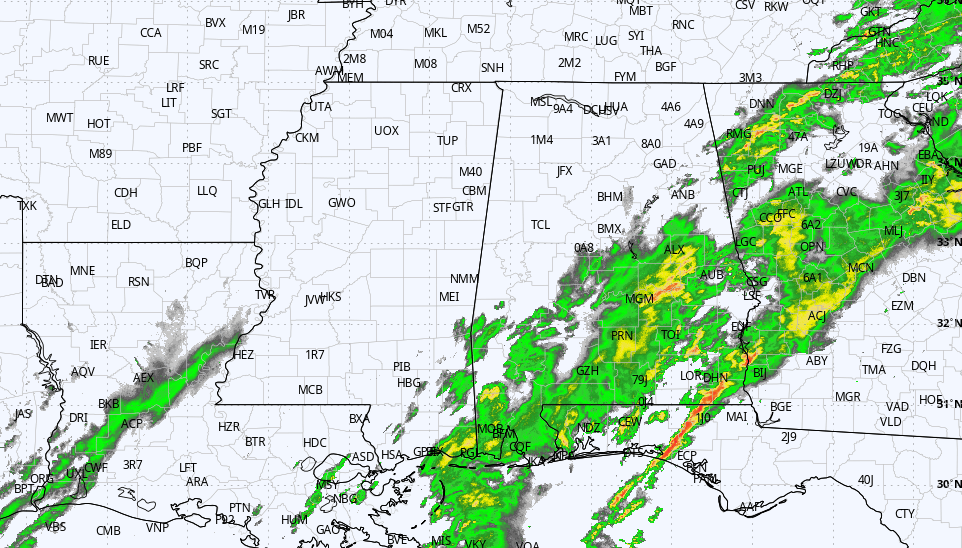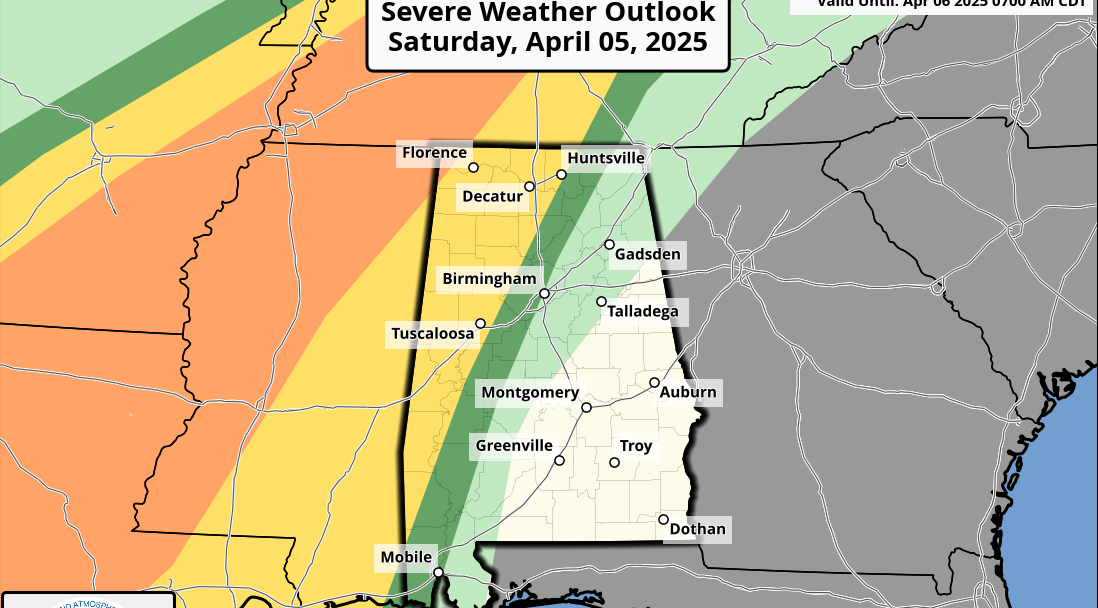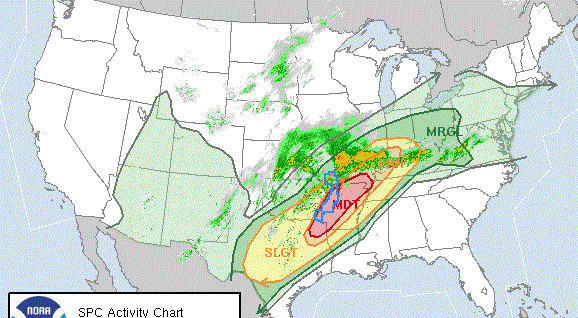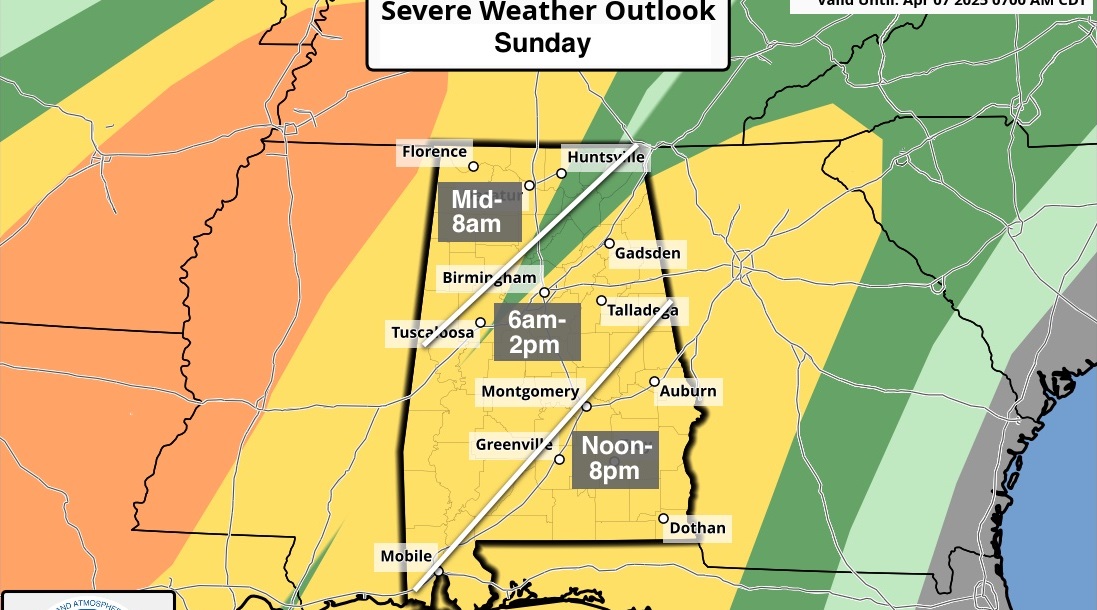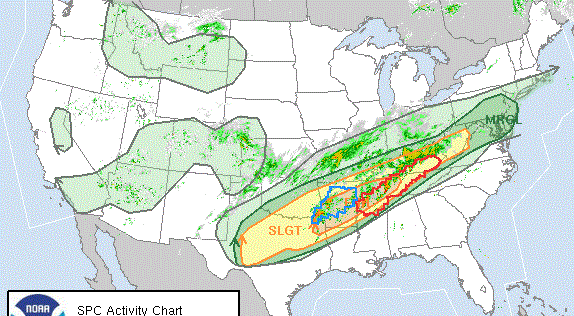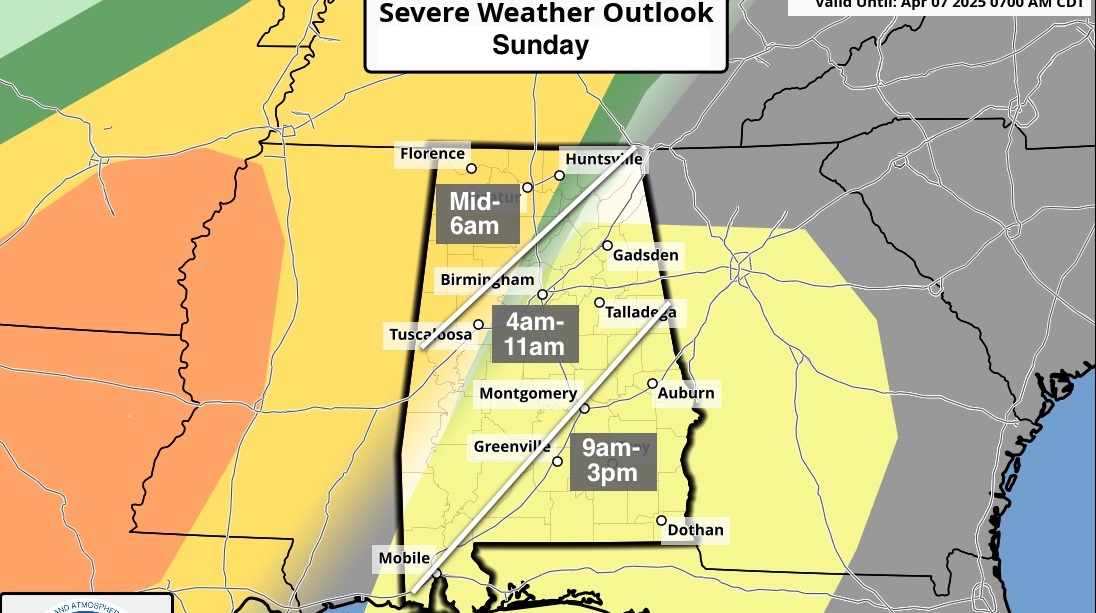Whew! James Spann has a few reminders about summer weather in Alabama
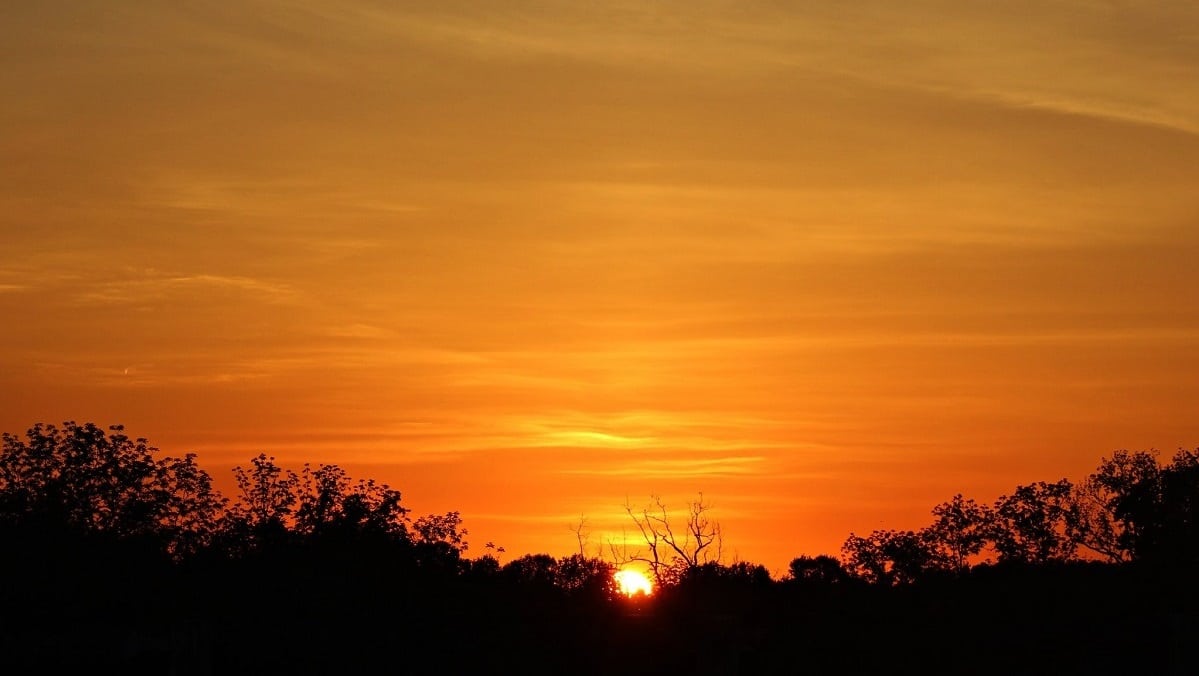
The way it is right now is pretty much how it's going to be until September, James Spann says. (contributed)
It’s that time of the year when I need to remind everyone how the weather works around here in summer. From now through mid-September, this is what we deal with in Alabama, generally speaking:
The weather rarely changes much from June through August. If you say “hot and humid with scattered afternoon storms,” then you will be correct 95 percent of the time.

One summer storm can produce hundreds of dangerous ground strokes of lightning. (file)
It rains just about every day in summer. The combination of a moist air mass and the intense daytime heating process usually leads to scattered afternoon and evening showers and thunderstorms. These are rather random in nature, don’t move very quickly and are very much hit and miss — mostly miss. About the only way we get a really widespread rain event around here in the summer is the result of a tropical system moving into the central Gulf Coast.
Nobody, and I mean nobody, knows where the storms will fire until we actually see them on radar by early afternoon. We might have a general idea where the best chance of thunderstorm initiation will be, but it is one of the great challenges of summer weather forecasting in Alabama. Most of these storms form between 2 and 10 p.m.
So many times people ask on summer mornings if it will rain in their community later in the day, and the correct answer is that WE DON’T KNOW. Even when you see the storms forming on radar in the afternoon, they are usually widely spaced and move erratically. One part of your town might see 1 inch of rain, but the other side of town is bone dry. Such is life with scattered afternoon thunderstorms.
The dreaded POP. “Probability of precipitation” is pretty much worthless in summer around here. Also, that means the automated weather app that comes with your phone is of little use this time of the year.
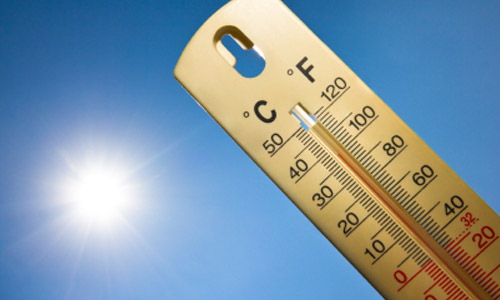
It’s going to get hot, but ground moisture has a lot to do with exactly how hot it gets. (file)
Most days, the chance of any one spot getting wet is 20 to 30 percent. Of course, if you happen to be underneath one of the storms that form, you immediately think anyone who says the chance of rain is 20 to 30 percent is an idiot, since you have no way of knowing the rain is only over you. The chance of a storm forming on any summer afternoon in Alabama is actually around 80 percent, but because of the very scattered nature of the storms, the chance of your neighborhood getting one is only 20 percent or so. Confusing? You bet, and we do our best to stay away from “chance of rain” on summer days. It just doesn’t work.
Afternoon storms can produce problems. The greatest threat from a summer afternoon thunderstorm in Alabama is lightning; one storm can produce hundreds of very dangerous ground strokes. And they can produce localized areas of damaging winds called wet microbursts. These often last for only a few minutes, and sometimes happen toward the end of a storm’s life cycle as the cell begins to collapse. Severe thunderstorm warnings are issued when this is a high probability. But, generally speaking, it is impossible to warn for a wet microburst since it lasts for only a few minutes, and by the time a warning is issued the event is over.
Wet microbursts can cause tree and power-line damage, and winds can briefly exceed 60 mph.
Tornadoes are very rare in summer. Wind fields are light and variable from the surface to the tropopause on most summer days, and it is almost impossible for a tornado to form. The only time we see them is in spiral bands associated with landfalling tropical storms or hurricanes. And, when that happens, the tornadoes are usually very small and short-lived. You might have trees down in your neighborhood, but that is most likely because of a wet microburst, not a tornado. And, yes, microbursts can produce twisting-type damage.
Afternoons are hot. This isn’t breaking news. Hot weather is the norm here from June through August, and often through much of September. Highs usually are in the 90s, but when an intense upper high forms over the state, we can hit triple digits. It has been as hot as 112 degrees in Alabama, recorded on Sept. 25, 1925, in Bibb County. Intense heat is nothing new here. And it can come early and late in the summer season.
Soil moisture is important. This is one factor many people don’t consider, but it is very important when it comes to the amount of heat we experience. When soil moisture is high, some of the sun’s energy is used to evaporate that moisture, which takes away from the amount of solar energy used to heat the ground, which in turn heats the air. You rarely ever see 100-degree days when the soil is moist. On the other hand, with dry soil and brown grass, temperatures can easily reach the triple digits.
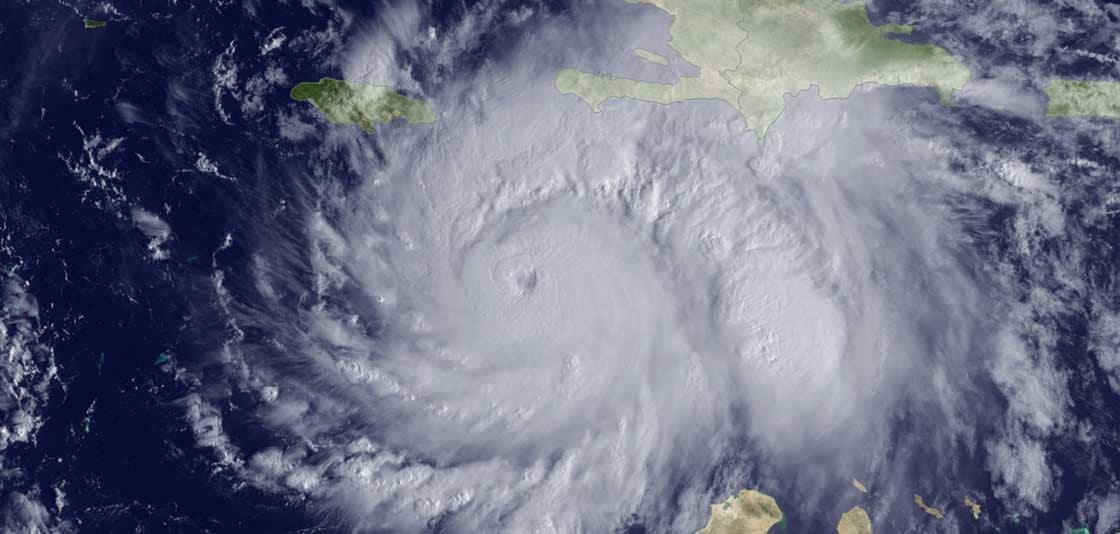
A hurricane is one thing that can throw off the standard summer weather pattern. (NOAA)
Most backyard thermometers do not work well here on hot summer afternoons. Almost every hot day, we hear from someone reporting a high of anywhere from 105 to 115 degrees. To properly measure air temperature, you need a thermometer in an instrument shelter, about 6 feet off the ground over grass. The shelter should have easy and free air movement, and it needs to be painted white. Needless to say, most backyard thermometers are not set up this way, and they wind up measuring the temperature of the instrument casing instead of the air. You really need an aspirating fan if you don’t have a shelter. Few backyard reports are accurate this time of the year.
Hot weather in Alabama during the summer isn’t some kind of emergency or breaking news. It is just a way of life. Use your common sense and stay cool as best you can. We won’t insult your intelligence with idiotic “heat tips” like “go into an air conditioned room” or “get out of the sun.”
Hurricanes break the routine. The core of the hurricane season comes in August, September and early October, but the season itself runs from June through November. This keeps us on our toes.
So there you go. The weather in Alabama on a summer day will be hot, humid and hazy, and it will rain somewhere in the afternoon. We will do our best here to let you know about the daily variations in the overall pattern and on potential tropical mischief. The next time we get a good, cool breeze with low dew points will probably come in late September or October — when footballs will be flying on Saturdays.
For more weather news and information from James Spann and his team, visit AlabamaWx.
